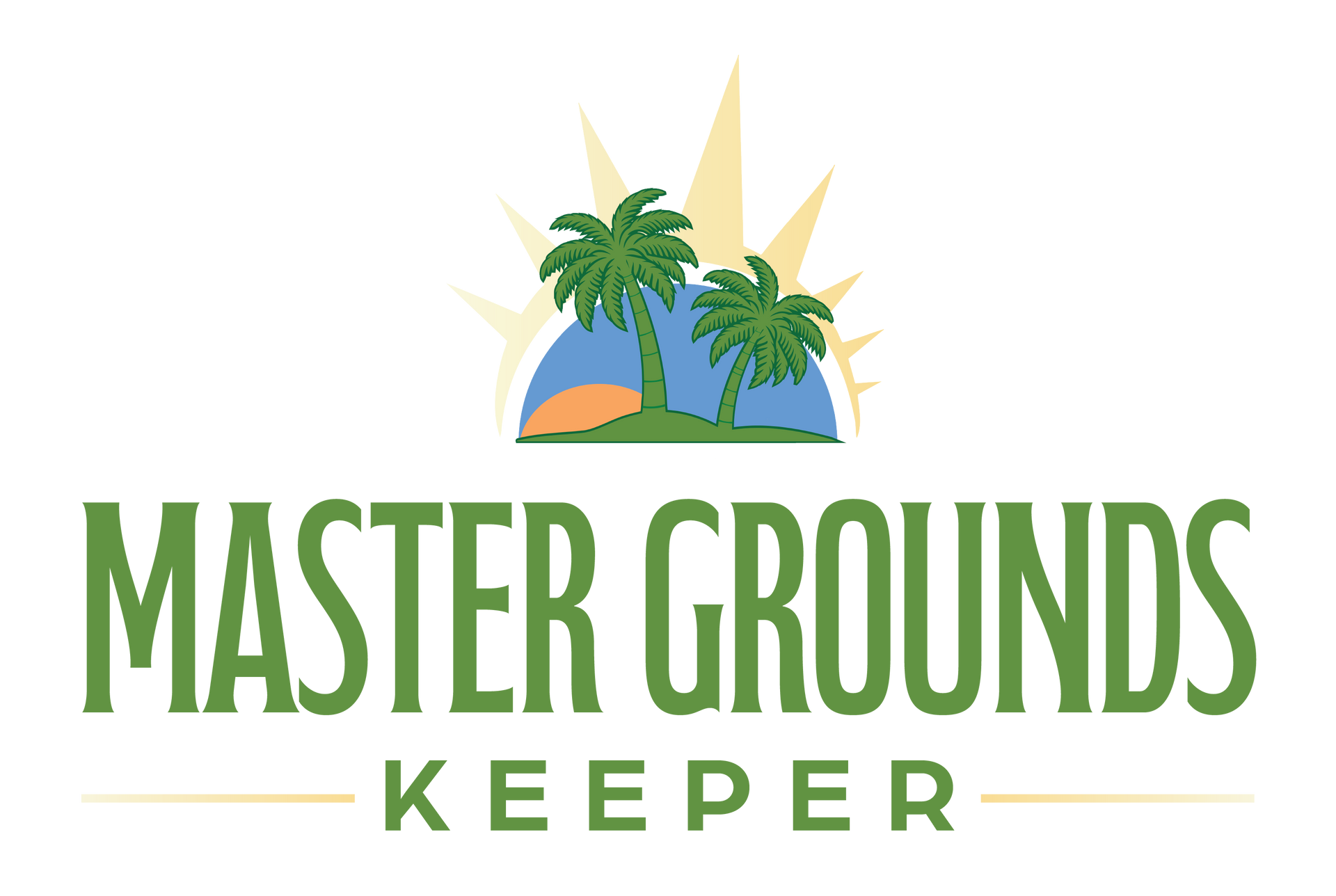Lawn Aeration
Lawns are for more than just looks!
Maintaining a healthy, thick lawn also benefits the environment. Unlike hard surfaces such as concrete, asphalt, and wood, lawn grass helps clean the air, trap carbon dioxide, reduce erosion from stormwater runoff, improve soil, decrease noise pollution, and reduce temperatures.
What does it involve?
Aeration brings water and air in close contact in order to remove dissolved gases (such as carbon dioxide) and oxidizes dissolved metals such as iron, hydrogen sulfide, and volatile organic chemicals (VOCs).
How does it work?
Evenly placed holes throughout your lawn’s surface are created by our specialized machinery in order to make the ground firmer and allow more air to permeate the ground beneath. Theses holes allow more water to flow into the roots and for fertilizer to more easily them as well, ensuring a thick, lush lawn.
Benefits of aeration!
• Improved air exchange between the soil and atmosphere.
• Enhanced soil water uptake.
• Improved fertilizer uptake and use.
• Reduced water runoff and puddling.
• Stronger turfgrass roots.
• Reduced soil compaction.
• Enhanced heat and drought stress tolerance.
• Improved resiliency and cushioning.
• Enhanced thatch breakdown.
• Builds a thicker lawn.
• Prepares grass for winter dormancy and a green spring.
• Increases curb appeal
• Decreases disease susceptibility
• Saves water
• Increases the population of beneficial organisms
